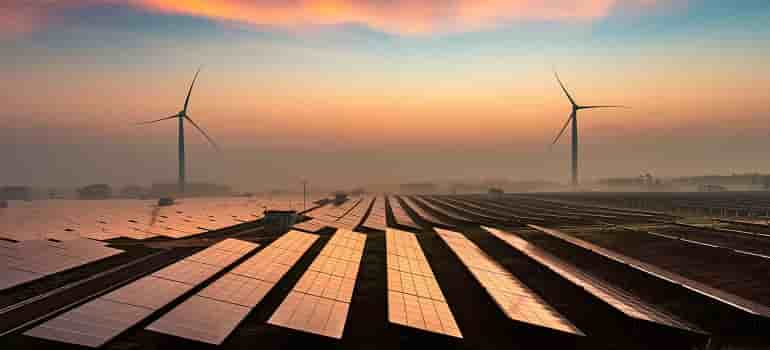
India needs to reform its tariff regime to reduce dependence on discoms and bring new electricity procurement models to boost consumption of renewables by commercial and industrial (C&I) consumers, according to an industry expert. As per a report by WWF-India, C&I consumers account for 51 per cent of the total electricity consumption in India, which is equivalent to 1,130 TWh per annum.
“Concerted government action is required to grow penetration of renewable power for these consumers. There are two broad areas of action required. First, we need tariff reform to reduce financial dependence of discoms on C&I consumers. Second, new procurement models need to be enabled,” said Bridge to India MD Vinay Rustagi at a CII event here.
WWF-India report ‘Global Corporate Renewable Power Procurement Models: Lessons for India’ was also released at the event.
According to the report, C&I consumers’ power demand is met principally by grid power (63 per cent) and onsite captive generation (27 per cent, mostly coal fired).
Only 4 per cent is met by long-term open access (OA) sources. C&I consumers’ share of direct RE (renewable energy) procurement including rooftop solar is estimated at only 3.2 per cent for fiscal 2018.
However, this 3.2 per cent procurement of clean energy excludes combined supply of renewable and conventional power by discoms.
Many corporates have been proactive and announced voluntary carbon mitigation targets, along with increasing their renewable power consumption, Ravi Singh, Secretary General and CEO, WWF-India said.
“Consumption of renewable power cannot only make C&I consumers cost competitive and spur macro-economic growth, but also play a significant role in reducing India’s carbon emissions,” Singh said.
As part of a stronger Climate Action Plan, India has committed to increase renewable power capacity target from 175 GW in 2022 to 450 GW by 2030.
Greater adoption of clean energy by C&I consumers is critical for meeting these national renewable energy and climate change commitments.
The report also said captive coal-fired capacity in the country is estimated at 52,933 MW and combined share of renewable power in their consumption mix is likely to be only 10.5 per cent.
With renewable power costs falling rapidly, C&I consumers have a very strong financial incentive to switch to clean energy. They can not only make attractive savings of around 30-60 per cent on grid power, but also reduce carbon emissions and comply with renewable purchase obligations, the report suggests.
Currently, the avenues available to C&I consumers to procure renewable power are limited to rooftop solar installations, open access solar and wind power, and RECs (renewable energy certificates).
However, even these options are not freely available because of various policy and market constraints.
With the growing C&I renewable power market worldwide, many new alternative procurement options have opened up. Virtual power purchase agreements, green tariffs, internationally tradable RECs (I-RECs) have already been successfully tried and tested in many countries.
There are also proposals to set up dedicated renewable power exchanges and facilitate peer-to-peer (P2P) trading, the report added.

